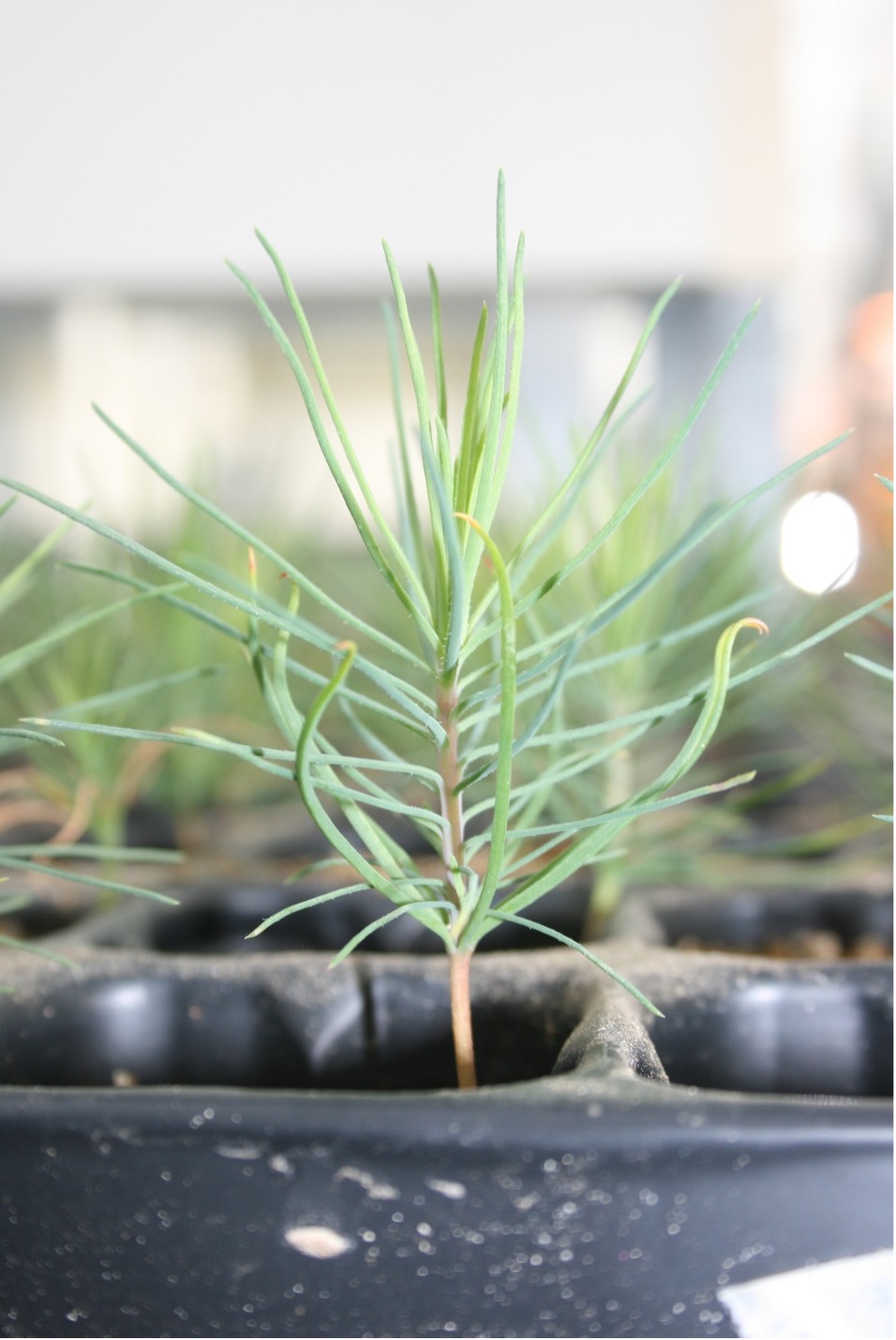A new nucleic acid sequencing technology can determine changes in the way RNA is modified, a process known as epitranscriptomics. When observed in maritime pine roots exposed to ammonium nutrition, these changes appeared to be related to the regulation of protein synthesis in the roots.
Views 3896
Reading time 3.5 min
published on Oct 20, 2023
In 1970, Francis Crick proposed “the central dogma of molecular biology”. This theory explained how genes (DNA) are used to produce proteins in all living organisms. Essentially, the information contained in genes flows in only one direction, from DNA to mRNA (the process of transcription) and from this to protein (the process of translation).
However, it is known that transcription and translation processes are not always directly linked since there are several biological processes involved in their regulations. In recent years, an increasing research interest has focused on assessing the biological role of RNA chemical modifications and its relationship to cellular regulation processes, forming what is commonly known as the epitranscriptome. Thus, the epitranscriptome comprises the study of the set of chemical modifications present in the different RNA types. To date, about 170 different modifications have been identified in RNAs of all living organisms. Regarding eukaryotic cells, N6-methyladenosine (m6A) has been identified as the most prevalent RNA modification in mRNAs (transcripts), which are the intermediary RNAs used during translation to synthesize proteins. In plants, the epitranscriptome regulates different cellular and physiological processes, although knowledge of its role in many of these processes is limited. This is the case of the epitranscriptomic response in relation to nitrogen nutrition.
Nitrogen is one of the main limiting factors for crop growth and yield. In fact, it is well known that there is a direct relationship between crop yields and the amount of nitrogen available in the soil. Therefore, the use of nitrogen fertilizers in today's agriculture is essential to meet the nutritional needs of humankind in the current scenario of world population growth. Furthermore, the availability of nitrogen influences many aspects of plant development. For example, the greenness of leaves depends on nitrogen, as it is essential for the synthesis of chlorophyll, the pigment that gives plants their green color and enables photosynthesis. Being this a parameter commonly used in agriculture to know when to fertilize crops.
This relationship is so strong that each type of nitrogen molecules in the soil can elicit distinct plant growth and development responses involving the activation/suppression of different cellular pathways. Thus, the main inorganic nitrogen molecules in the soil, nitrate, and ammonium, promote changes in root architecture that may be different depending on the plant species and its environmental adaptations. In this context, the proper development of plant roots is very important as they have the potential to prevent soil erosion, help mitigate climate change and ultimately guarantee food supply. Therefore, the study of this plant organ becomes an essential aspect at multiple levels.
In our work, we used maritime pine (Pinus pinaster) a western Mediterranean conifer tree. This pine is of great environmental importance in the region as it forms extensive forests in France, Spain, and Portugal where it is also a major source of raw materials such as wood and resin. Interestingly, maritime pine seedlings fed with ammonium can generate a greater number of lateral roots and biomass than those fed with nitrate, in contrast to many crop plants in which ammonium decreases root development. In other words, its study is very interesting since many crops do not tolerate ammonium well and its use as a fertilizer is preferred to that of nitrate because of the environmental problems nitrate can cause.
We have analyzed the effects of ammonium nutrition over the root epitranscriptome of maritime pine seedlings at short-term. This has been made using a method that allows us to read the mRNA directly including its chemical modifications. Our results showed that ammonium triggers a root systemic response that mainly involved changes in key pathways such as primary metabolism, hormone signaling pathway, translation, and root growth. However, the main novelty are the correlations of the epitranscriptome, with transcript and protein abundances regarding ammonium nutrition. Thus, a higher abundance of a specific chemical modification (m6A) in transcripts is related to a lower abundance of these transcripts and a higher abundance of their proteins. Although it may initially seem contradictory, it is not, and it makes a lot of sense if it is considered the role of m6A in granting an increase in the stability (half-life) of these modified transcripts. In this way, although the abundance of these transcripts is lower, as they probably have a longer half-life, it may ensure that their translation into proteins is sufficient to provide the adequate cellular response. In terms of energy, this could mean a necessary energy saving step for gene transcription, since a large amount of resources are being derived to promote plant growth.
Therefore, our results suggest that quick changes in gene activity can be controlled through intermediate steps, such as epitranscriptomic regulation, to generate a balanced and effective cellular reaction in order to provide a proper response to environmental stimuli. This knowledge of the molecular mechanisms involved in root development will allow for the future development of new crop lines better adapted to the use of ammonium fertilizers.
Original Article:
Ortigosa, F., Lobato-Fernández, C., Pérez-Claros, J. A., Cantón, F. R., Ávila, C., Cánovas, F. M., & Cañas, R. A. (2022). Epitranscriptome changes triggered by ammonium nutrition regulate the proteome response of maritime pine roots. Frontiers in plant science, 13, 1102044. https://doi.org/10.3389/fpls.2022.1102044
 Plant Biology
Plant Biology



